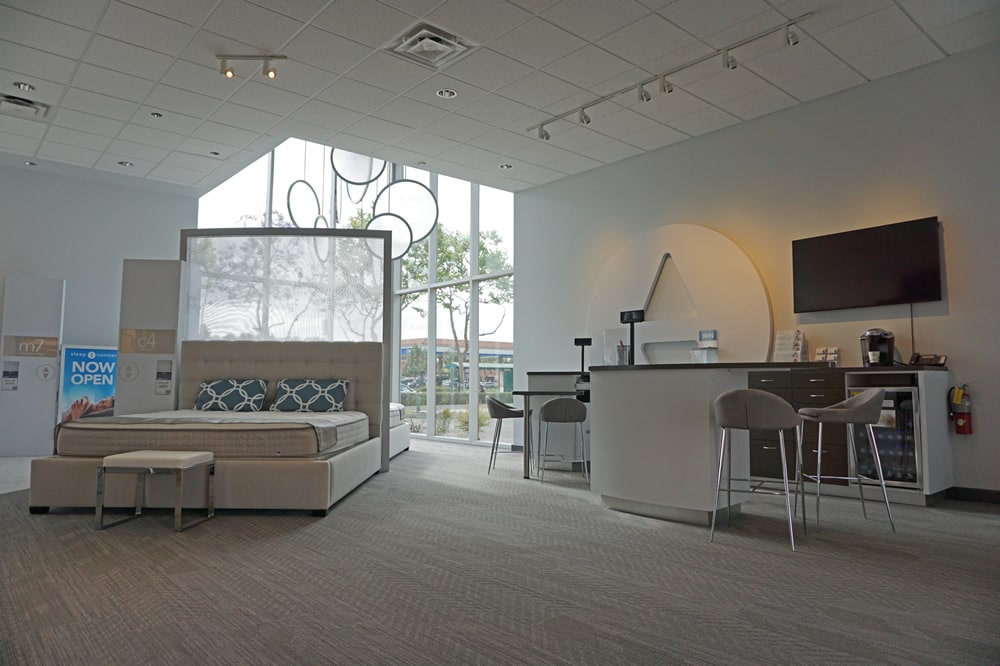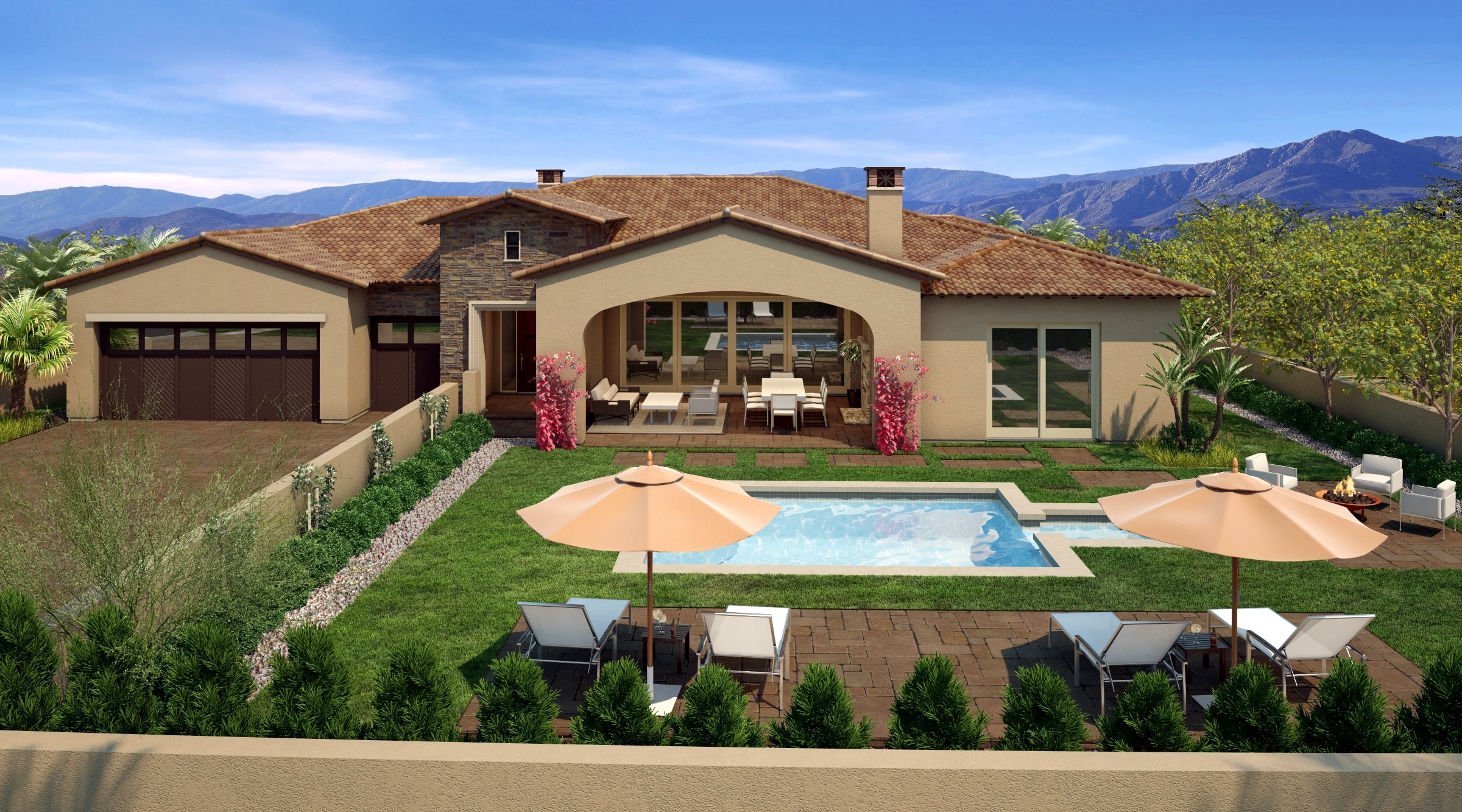PRECISION ENGINEERING DESIGN
Our Services Ensure Quality and Efficiency



PRECISION ENGINEERING DESIGN
Our Projects
Our projects range from custom homes, single-family and multi-family tracts, to low-rise commercial and industrial structures. Whether the project is large or small, Precision Engineering provides the same quality engineering service in a timely manner and cost-effective.
PRECISION ENGINEERING DESIGN
Our Services
PRECISION ENGINEERING DESIGN provides comprehensive structural design and analysis services.
Single-Family Production Housing and Custom Homes
A successful engineering design for single-family housing and custom homes requires a holistic approach that considers site and soil analysis, structural design parameters, code requirements, material and labor costs, client guidelines, and efficiency in design.
We provide structural designs for stability and integrity, cost efficiency, framer friendly, and work closely with other trade partners such as HVAC, and mechanical plumbing.
Multi-Family Homes and Cluster Residential Buildings
Multi-family developments are characterized by higher-density residential buildings comprised of attached units and common facilities such as parking, open space, and recreation areas.
Key considerations outlining features that contribute to a successful design for multifamily housing and apartments are as follows:
- Structural design that ensures the safety and welfare of the public.
- Foundation design based on the soil conditions.
- Maximizing material efficiency and reducing labor force.
- Designing a structural skeleton with framing member layouts for most accepting the most effective HVAC system and allowing the least interruptions from plumbing and mechanical runs.
- Provide an overall conflict resolution review.
- Effective collaboration between consults.
Apartment Buildings and Senior Citizen Housing
With a focus on promoting a secure and supportive living environment, senior housing projects require careful consideration of various factors including functionality, accessibility, durability, and resilience.
By implementing vigorous conventional building systems that can withstand both natural and man-made hazards but also meet the construction budgets our firm generates construction documents that are user-friendly to trade partners and enhance profitability.
By implementing vigorous conventional building systems that can withstand both natural and man-made hazards but also meet the construction budgets our firm generates construction documents that are user-friendly to trade partners and enhance profitability.
Low-Rise Commercial, Industrial and Office Facilities
Achieving a balanced design requires site assessment, soil conditions, topography, site-specific seismic design criteria, and environmental considerations.
Efficiency in design is paramount in low-rise buildings to minimize material usage and construction costs while maintaining structural integrity.
Utilizing advanced model techniques allows us to optimize design and assess building performance under various loading conditions. Employing efficient structural systems such as timber, reinforced concrete, and steel can lead to a reduction in construction cost and reducing construction time.
Efficiency in design is paramount in low-rise buildings to minimize material usage and construction costs while maintaining structural integrity.
Utilizing advanced model techniques allows us to optimize design and assess building performance under various loading conditions. Employing efficient structural systems such as timber, reinforced concrete, and steel can lead to a reduction in construction cost and reducing construction time.
Mat Post-Tension Foundation
System
Post-tensioned mat foundations offer practical and efficient solutions for supporting structures on challenging soil conditions.
Through careful site investigation, detailed design, appropriate cable spacing, and placement our firm achieves enhanced and within budget solutions.
Mat foundations provide improved settlement control, long-term stability, and reduction in excavations.
Through careful site investigation, detailed design, appropriate cable spacing, and placement our firm achieves enhanced and within budget solutions.
Mat foundations provide improved settlement control, long-term stability, and reduction in excavations.
Structural Site Observation
Structural Observations are aimed at reviewing the overall general construction condition, discrepancies, errors, integrity, and safety of the building as well as identifying any potential structural issues or deficiencies.
Based on the findings, our reports include recommendations which may include repairs, possible structural modifications, and suggestions averting potential problems and construction delays. Our observation reports include photographs, sketches, or relevant technical data obtained during the site visit.
Based on the findings, our reports include recommendations which may include repairs, possible structural modifications, and suggestions averting potential problems and construction delays. Our observation reports include photographs, sketches, or relevant technical data obtained during the site visit.
Thin Post-Tension Foundation System
Thin post-tensioned foundations are a popular choice for various residential construction projects especially when faced with challenging site conditions, improved building standards, and enhanced load-bearing capacity.
Thin PT foundations offer several advantages over convention reinforced foundation systems including cost savings in trenching and materials, redistribution of loads, and enhanced structural performance. Reduced amount of excavation and backfilling also leads to accelerated project schedules and overall construction time. Lower concrete volume usage results in decreased energy consumption and reduced excavation and backfilling activities minimizing soil disturbance and the amount of material required for disposal.
Thin PT foundations offer several advantages over convention reinforced foundation systems including cost savings in trenching and materials, redistribution of loads, and enhanced structural performance. Reduced amount of excavation and backfilling also leads to accelerated project schedules and overall construction time. Lower concrete volume usage results in decreased energy consumption and reduced excavation and backfilling activities minimizing soil disturbance and the amount of material required for disposal.
Seismic Retrofit and Rehabilitation
Seismic retrofitting refers to the process of strengthening and improving the structural integrity of buildings and infrastructure to better withstand the forces generated by earthquakes and perform satisfactorily in protecting life and preventing collapse.
We provide various practical techniques and measures to enhance the resilience and safety of existing structures. Seismic retrofitting typically includes reinforcing key structural elements such as bearing walls, shear walls, columns, and foundations as well as implementing effective bracing systems and damping mechanisms. We provide retrofit measures for buildings to become more resistant to seismic events reducing the risk of significant structural damage and protecting the safety and lives of the occupants. Our goal is to ensure that buildings can withstand seismic forces and continue to function safely.
We provide various practical techniques and measures to enhance the resilience and safety of existing structures. Seismic retrofitting typically includes reinforcing key structural elements such as bearing walls, shear walls, columns, and foundations as well as implementing effective bracing systems and damping mechanisms. We provide retrofit measures for buildings to become more resistant to seismic events reducing the risk of significant structural damage and protecting the safety and lives of the occupants. Our goal is to ensure that buildings can withstand seismic forces and continue to function safely.
Peer Review
The purpose of structural peer review is to evaluate the design and analysis of the proposed structure and ensure its compliance with applicable codes, regulations, and industry standards. Our reviews assess the structural integrity and safety of the design, accuracy of the calculations, assumptions, and methodologies used in the analysis.
Peer review will be conducted by a team of experienced and qualified structural engineers who have expertise in the specific type of structure being evaluated. Our process will involve a thorough examination of the design drawings, documents, specifications, and assumptions. During the review, attention will be given to identifying any potential design flaws, errors, or omissions that could compromise the performance or safety of the structure.
Peer review will be conducted by a team of experienced and qualified structural engineers who have expertise in the specific type of structure being evaluated. Our process will involve a thorough examination of the design drawings, documents, specifications, and assumptions. During the review, attention will be given to identifying any potential design flaws, errors, or omissions that could compromise the performance or safety of the structure.
Testimonials
Peg Ramier
Ramier Architects
“Mike has consistently provided me with reliable work that is followed up with his professional experience. Additionally he has been patient with working with client changes and City plan check requirements that have been beyond the scope of his contract. I will continue to hire Mike on future projects.”
Top qualities: Great Results, Expert, High Integrity
